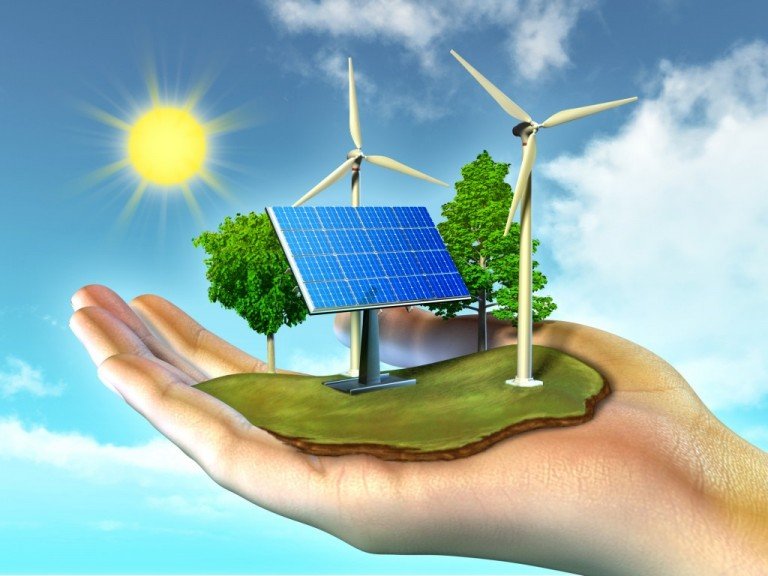
In the modern world, there is a shift towards renewable energy sources, such as solar energy and wind.
Because of this shift, there is a higher need for energy storage, because it will be released later, when the sun does not shine, or the wind does not blow.
One of the most common ways to store solar or wind energy are lithium-ion batteries. In Tesla installed battery power systems in Hawaii and Australia. Powerpack
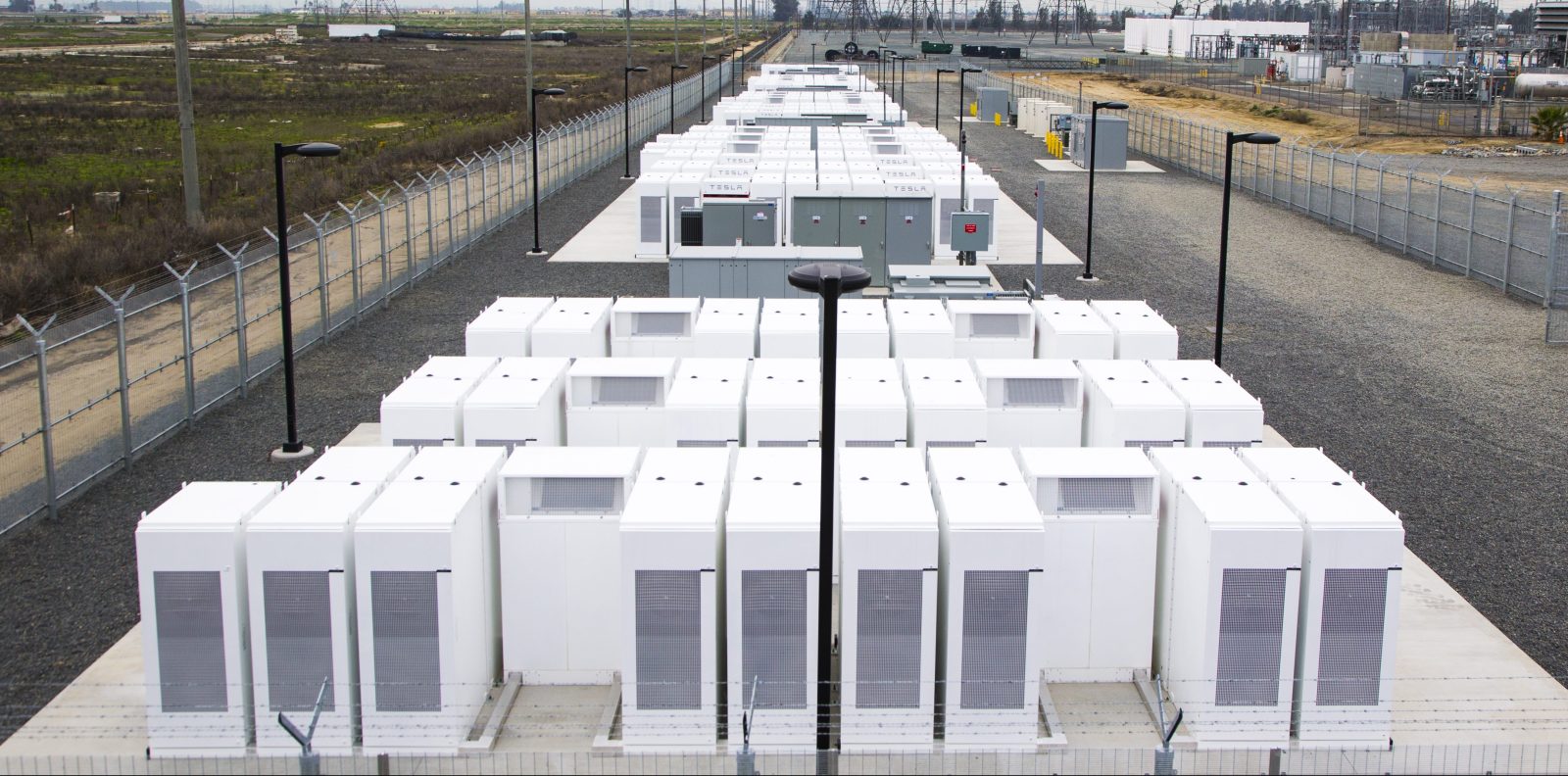
Tesla основан на литиево-ионной технологии, которая значительно улучшилась за последние пару лет. Скорость зарядки литиево-ионных батарей значительно возрастает вместе с длительным сроком службы батареи, то же самое верно для плотности энергии.



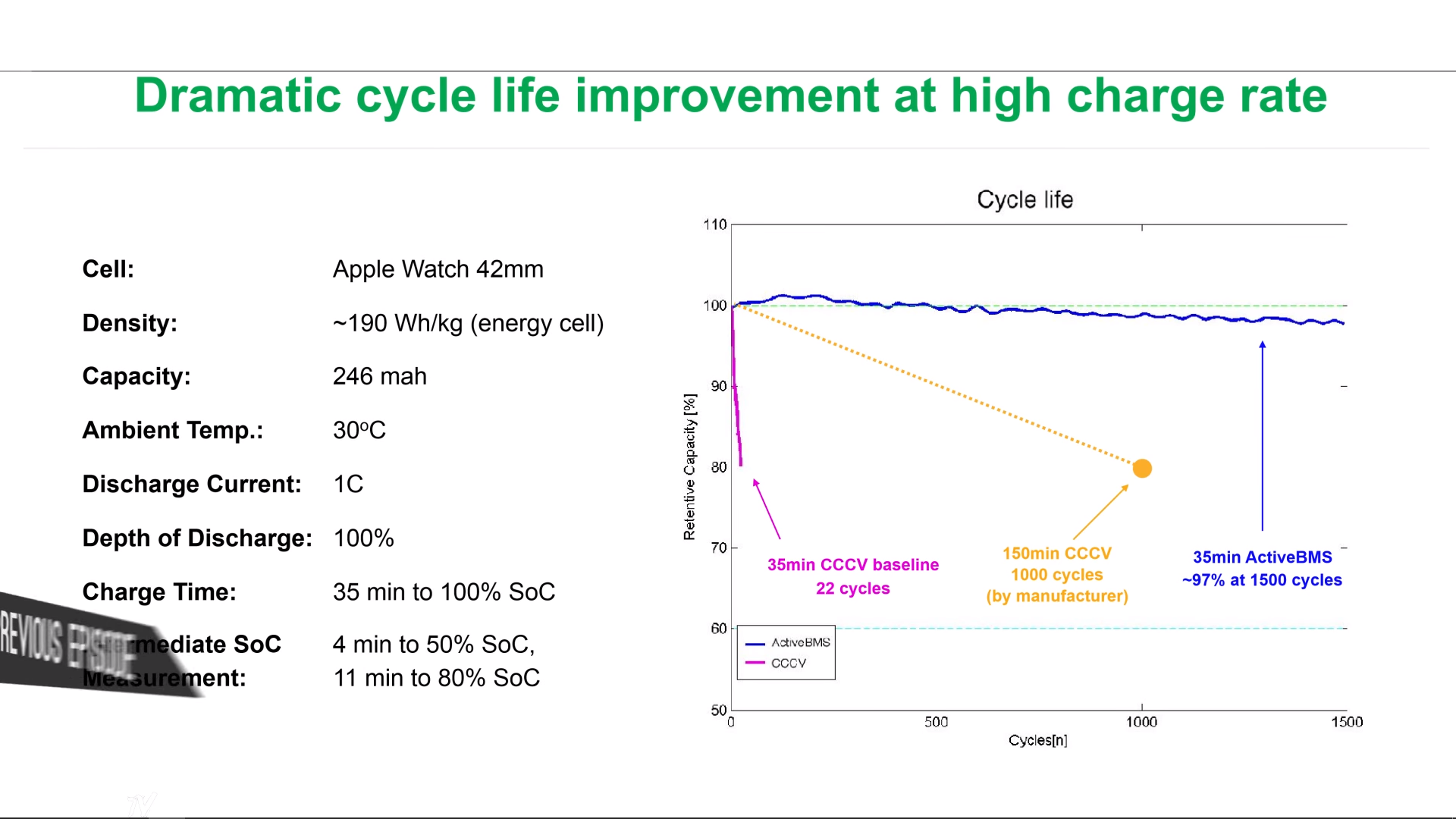
On a typical scale, battery technology has the advantage of a fast installation time for energy fluctuations. But, despite all this, when it comes to the use of energy storage, there are still some questions. Long-term cost and real long-term battery life, in terms of current generation batteries.
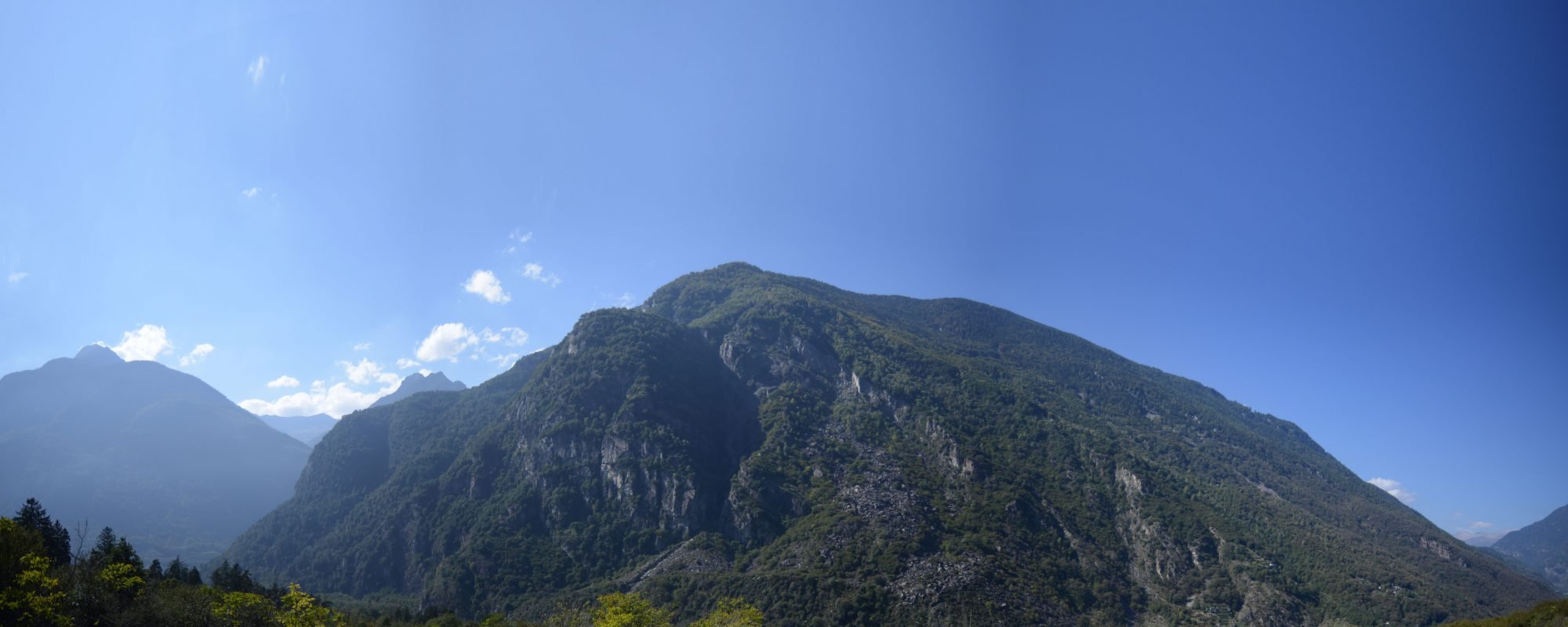
There is another method of storing energy, which is quite interesting for solving this problem. It includes the storage and release of energy using mountains as high pressure vessels.
This method was achieved by the Swedish company ALACAES, promises very low cost and high efficiency.
Such methods are trying to smooth out the fluctuations in electricity production due to the nature of renewable energy sources.
It's unpredictable. The method they are working on is a relatively low cost and high efficiency.
How it works?
The system uses excess energy from the grid to pressurize air into the cavity inside the mountain.
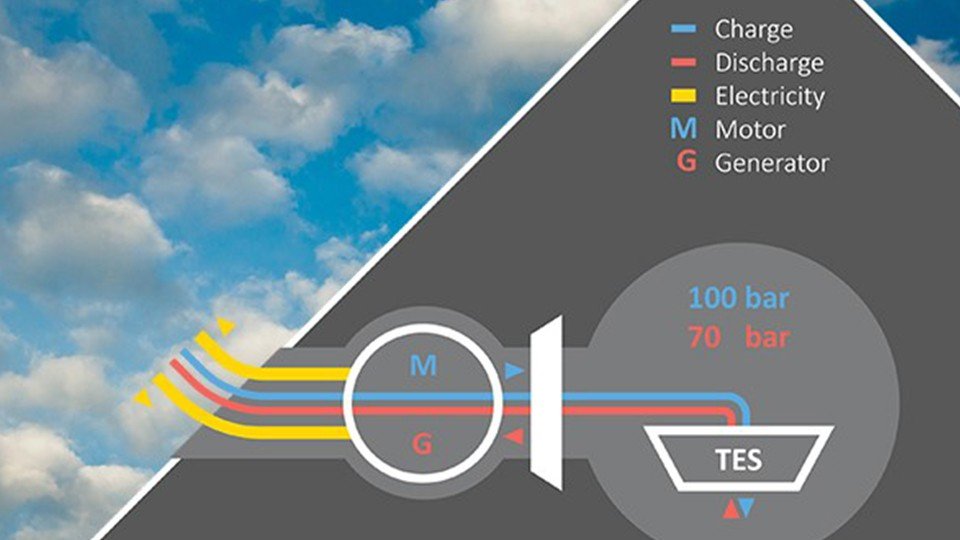
The air is cooled using a specialized technology called thermal energy storage. And then stored under pressure in the cavity. When it's time to generate electricity, the air is again heated and pushed out to start a turbine that generates electricity.
With this system ALACAES claims for more than 72% efficiency in both ends.
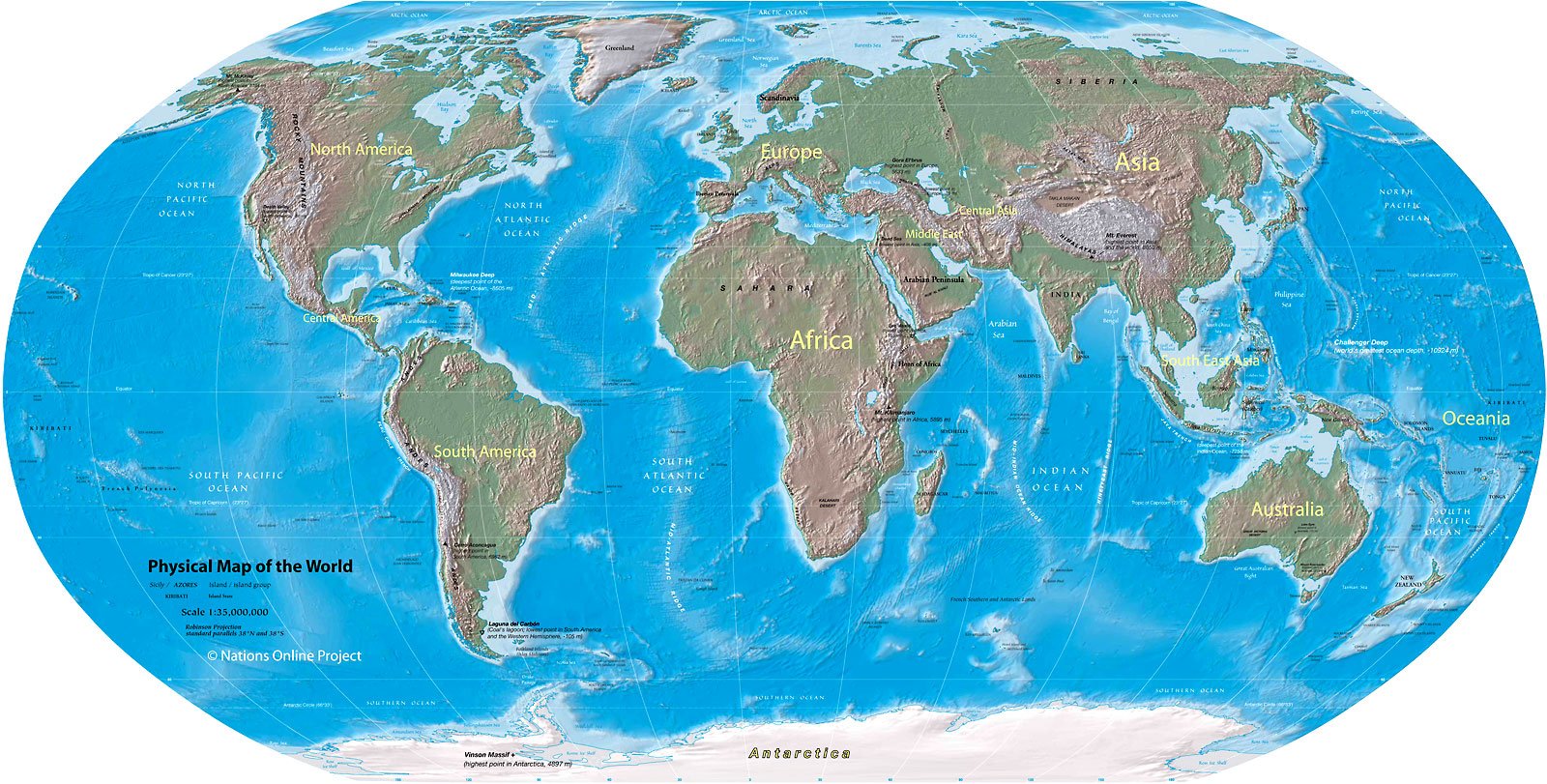
To use this technology, geology must be taken into account. It is suitable for use on the continent of Europe, America, Canada, but especially in India and China.
India and China are particularly suited for this, because these two markets have very aggressive goals in providing renewable energy sources for managing their country's infrastructure. By 2027, it aims to provide 60% of its energy sources outside of fossil fuels. Meanwhile, China has reduced coal use by 5% year-on-year and only overtaken the United States as a leader in the use of renewable energy sources.
Why mountains?
Mountains can be used as containers for storing compressed air due to their size and weight.
If you want to store extremely large volumes of compressed gas, you need an extremely durable and large container, so geology can be used in an attempt to create natural containers.
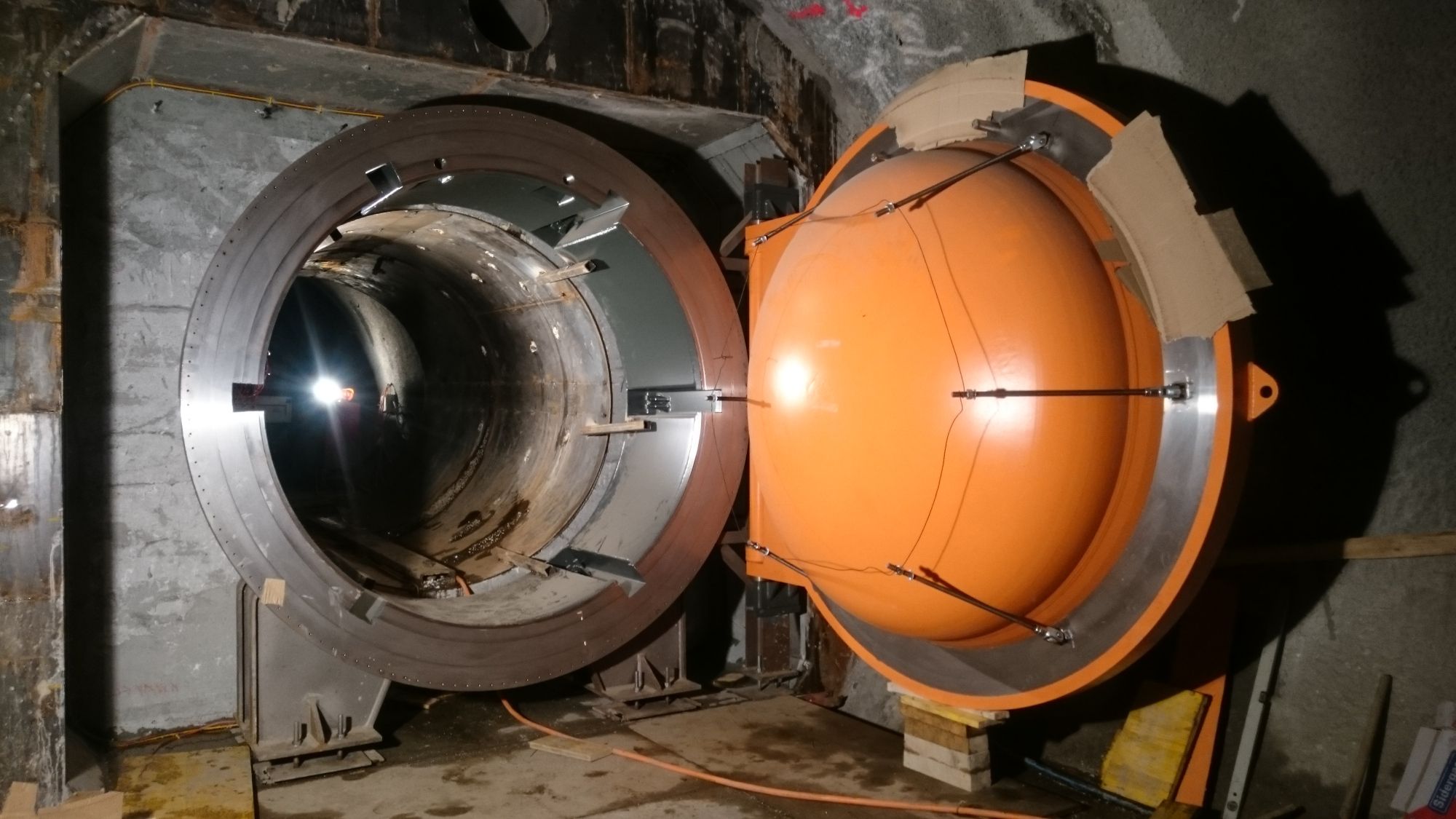

In 2016, the company completed its first test plant, located in the Swiss Alps. The plant form is 120 meters long and 5 m in diameter with a tunnel power of one megawatt-hour.

The Swiss Federal Energy Agency financed 40% of this project, as they could see the benefits for their country.
At the moment this technology is cheaper than lithium-ion batteries. This is four to six times less than batteries per kilowatt-hour. Previously, the same technology was used. The world already has two plants, one of which is in Germany. It was built in 1979, and another - in the USA - Alabama, which was established in 1991.

They use salt caves, underground, where the air is compressed. However, there are several problems with this.

When the air is compressed, it is heated, the heat must be stored. This heat can be up to 60% of the energy used to compress air. Existing plants simply discard this energy, and when the time comes for expanding air, they use fossil fuels to heat it. Combustion of fossil fuels leads to CO2 emissions and reduces the efficiency of the installation.
New technologies provide the possibility of storing this heat, which can be reused to reheat air.
ALACAES are aimed at large institutions as partners for new projects, since it costs from about 100 million to 200 million US dollars to build a yield of 200 to 500 mW / h, but the larger the project, the more it makes sense and the more it makes value for money.
To find relevant details about Switzerland's current smart aAlps Energy contracts, please follow some resources for the following References:
Website :https://swissalpsmining.io/
Whitepaper :https://swissalpsmining.io/pdf/whitepaper.pdf
Twitter :https://twitter.com/swissalpsmining
Telegram :http://t.me/swissalpsminingICO
Instagram :https://www.instagram.com/swissalpsmining/
AUTHOR:Gambangcity
ETH:0xbd4e6B6E19c55D117badfa5C218Ae03263df6072


Tidak ada komentar:
Posting Komentar